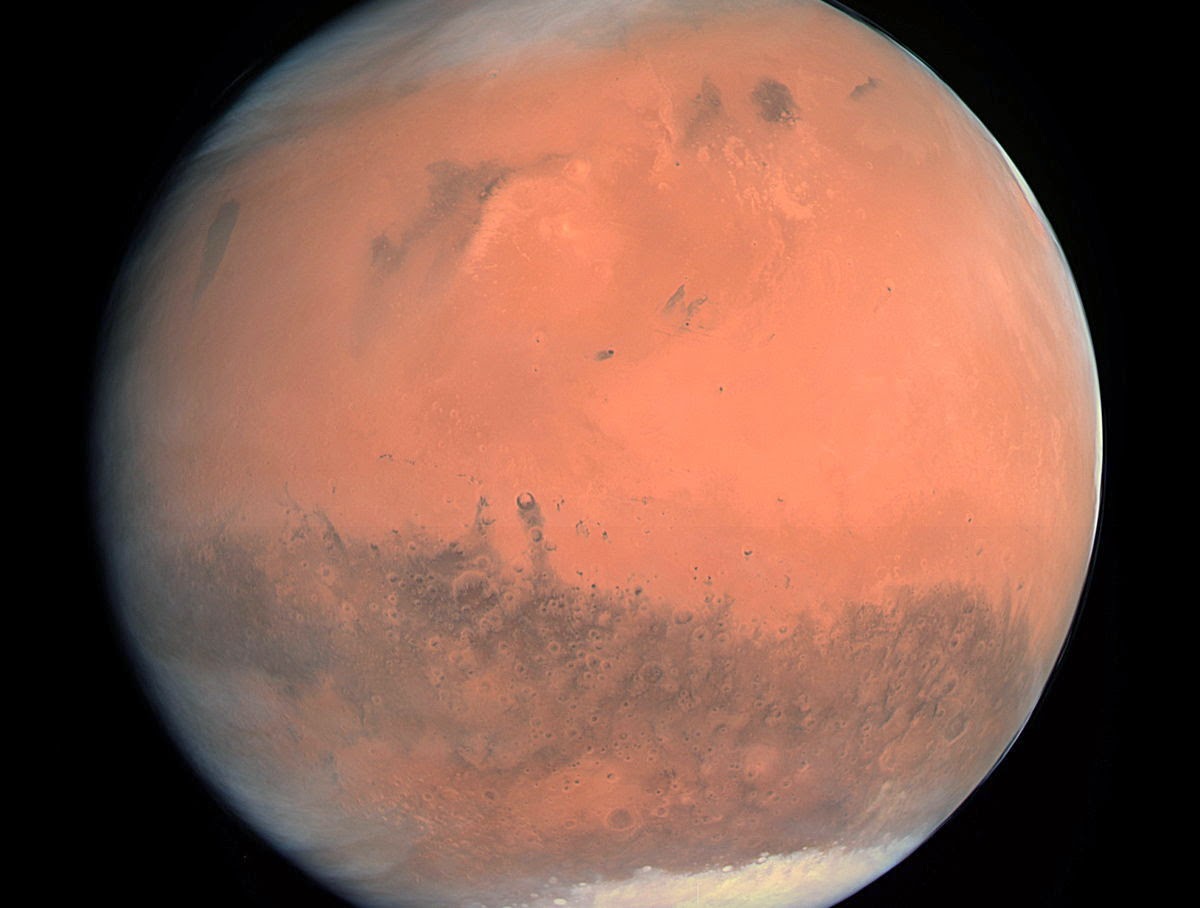India will launch an unmanned crew module in December onboard a heavy rocket to test its re-entry into the atmosphere for the country's future maiden human space flight, the space agency chief said Thursday.
"We will send an unmanned crew module on the experimental GSLV-Mark III rocket in December and test its re-entry into the earth's atmosphere for a human space flight plan in future," Indian Space Research Organisation (ISRO) chairman K. Radhakrishnan told reporters here on the margins of an engineers conclave.
Weighing 3.6 tonnes, the crew module will be put into space orbit 100-120 km away in a satellite and brought back to earth for checking its re-entry characteristics when carrying two Indian astronauts in the proposed human space flight.
"Though the actual human space flight will be in an orbit around earth at a height of 270 km for a week, the experimental flight with the crew module in a spacecraft will go up to 100-120 km above earth to test its heat shield survive very high temperatures (about 1, 500 degrees Celsius) during the re-entry into the atmosphere," Radhakrishnan noted.
The crew module will have a parachute that will open up after re-entry into the atmosphere and fall into sea for retrieval.
"The parachute will open up for soft landing of the spacecraft carrying the crew module in the Bay of Bengal, about 450 km away from Andamans (islands), and will be retrieved by a boat," Radhakrishnan said.
The previous UPA government had sanctioned Rs.145 crore to ISRO for developing a crew module that will fly two Indian astronauts into space, space suits, life support systems and related technologies for the human space flight programme.
The Geosynchronous Satellite Launch Vehicle Mark III (GSLV) heavy rocket will, however, have a passive cryogenic stage - liquid nitrogen at super cooled temperature and gaseous nitrogen instead of liquid hydrogen and liquid oxygen.
The space agency is integrating the rocket with the crew module at its Sriharikota spaceport in Andhra Pradesh, about 90 km northeast of Chennai.
"We will send an unmanned crew module on the experimental GSLV-Mark III rocket in December and test its re-entry into the earth's atmosphere for a human space flight plan in future," Indian Space Research Organisation (ISRO) chairman K. Radhakrishnan told reporters here on the margins of an engineers conclave.
Weighing 3.6 tonnes, the crew module will be put into space orbit 100-120 km away in a satellite and brought back to earth for checking its re-entry characteristics when carrying two Indian astronauts in the proposed human space flight.
"Though the actual human space flight will be in an orbit around earth at a height of 270 km for a week, the experimental flight with the crew module in a spacecraft will go up to 100-120 km above earth to test its heat shield survive very high temperatures (about 1, 500 degrees Celsius) during the re-entry into the atmosphere," Radhakrishnan noted.
The crew module will have a parachute that will open up after re-entry into the atmosphere and fall into sea for retrieval.
"The parachute will open up for soft landing of the spacecraft carrying the crew module in the Bay of Bengal, about 450 km away from Andamans (islands), and will be retrieved by a boat," Radhakrishnan said.
The previous UPA government had sanctioned Rs.145 crore to ISRO for developing a crew module that will fly two Indian astronauts into space, space suits, life support systems and related technologies for the human space flight programme.
The Geosynchronous Satellite Launch Vehicle Mark III (GSLV) heavy rocket will, however, have a passive cryogenic stage - liquid nitrogen at super cooled temperature and gaseous nitrogen instead of liquid hydrogen and liquid oxygen.
The space agency is integrating the rocket with the crew module at its Sriharikota spaceport in Andhra Pradesh, about 90 km northeast of Chennai.






















































